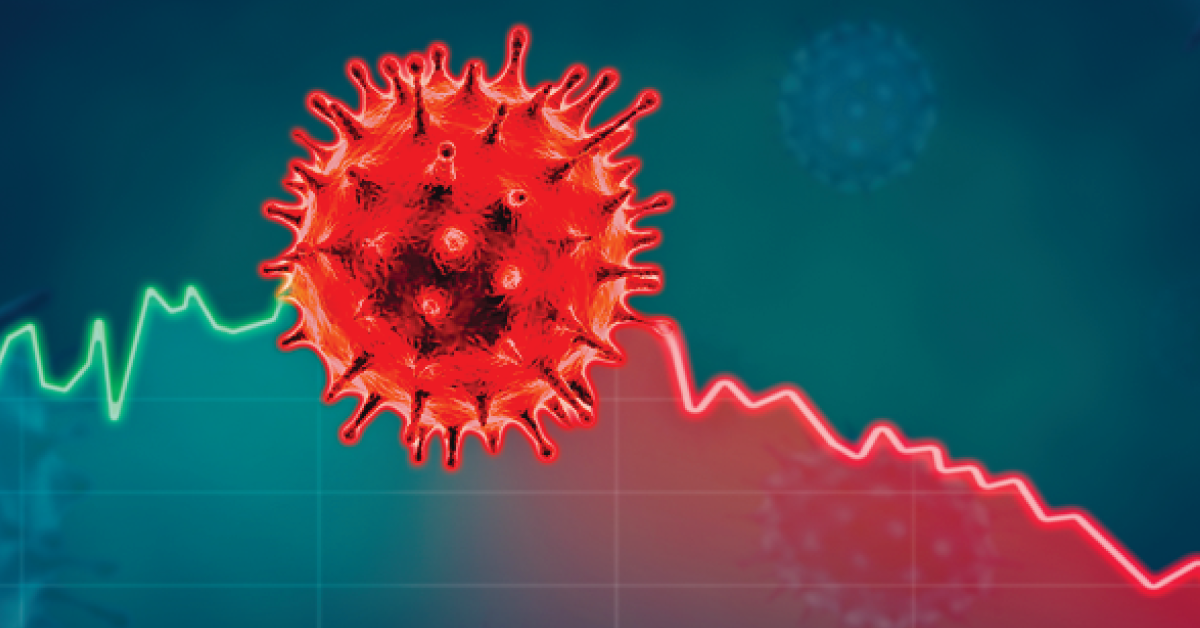
IVF is also known as in-vitro fertilisation. It is currently the most popular infertility treatment. There is still a lot of research going about the same. It is a long procedure in the laboratory. The fertilisation takes place in the laboratory and finally the zygote is implanted in the uterus. In-vitro fertilisation may often lead to multiple pregnancy and can lead to miscarriage and other complications. With help of new technology the complications can be reduced. Your gynaecologist can help you overcome the complications. Regular check-up or online consultation with your gynaecologist is a necessity. IVF can be a blessing to the couple who are finding it hard to conceive.
How to make the baby in the lab?
In 1948, Louis Brown was the first baby to be born by IVF. Her birth revolutionised the field of reproductive medicine. 1 in every 8 heterosexual couple have difficulty in conceiving. The demand for IVF is growing. IVF works by mimicing the brilliant design of sexual reproduction. In order to understand IVF we need to take a look at the natural process of baby making. Believe it or not it all starts from the brain. Nearly 15 days before the fertilisation your pituitary gland secretes follicle stimulating hormone which ripens the handful of follicles in the ovary and then releases oestrogen. Each follicle contains only one egg and on an average only one follicle gets mature. When oestrogen is on rise, anterior pituitary release LH which acts on follicles for the release of egg. Once the egg is released from the ovary it reaches the fallopian tube. If the egg is not fertilised within the next 24 hrs then it will die. Egg is the largest cell of the body and is protected by a thick extracellular layer of the sugar and protein called zona pellucida. Zona inhibits the entry of more than one sperm. It is the smallest cell of the body. It takes 2-3 months for sperm to form. In an ejaculation 100 million sperms are released but only 100 of them reach near to the egg and one gets fertilised. Upon successful fertilisation zygote immediately divides to form embryos. It takes about 3 days to reach the uterus. Then it implants into the uterus inner lining. As soon as implantation is done corpus luteum secretes progesterone to maintain the pregnancy. 40 weeks later the baby is ready for the delivery. In patients undergoing IVF, FSH is administered in a very high dose. This is to control the overstimulation of the ovary so that it ultimately produces multiple eggs.The eggs are just retrieved while the woman is under anaesthesia.The eggs are retrieved through an aspirating needle that is guided by ultrasound. Most of the sperm samples are produced by masturbation. In the laboratory the identified eggs are stripped of surrounding eggs and prepared for fertilisation in a petri dish. Fertilisation can occur by one of the two techniques. In the first eggs are incubated by thousands of sperms and fertilisation occurs naturally over a few hours.The second technique maximises the certainty of fertilisation by using a single sperm inside the egg. This is particularly useful when there is a problem with the quality of the sperm. After fertilisation embryos can be further screened for genetic suitability. It is then delivered to the woman’s body through a catheter. Common convention is to transfer the baby 3 days after the fertilisation or when the embryo has eight cells. When an embryo is called blastocyst and has hundreds of cells. If the woman’s eggs are of poor quality due to age or toxic exposure or have been removed due to cancer, donor eggs may be used. In the case where the mother has an unintended uterus or lacks one, another woman either a carrier or surrogate, can carry the baby. The odds of success are as high as 40% in females younger than 35. Your doctor might transfer multiple embryos and can lead to multiple pregnancies. However most of the clinics avoid multiple pregnancies as this is harmful for both mother and baby.
Why IVF pregnancy?
A very common question is asked and that is who are the couples who need IVF? Your gynaecologist can give you an apt answer. It is the most advanced form of fertility. This is indicated for those couples who cannot conceive naturally or other smaller forms of treatment. There are other forms of treatment as well. The male infertility factor which is half of the population of couples who cannot conceive. There may be low sperm count or lack of motility or there are some issues with sperm quality. In all this case scenario the smaller treatment is not going to work. So your gynaecologist suggests in-vitro fertilisation. Pelvic endometriosis is another condition that can lead to infertility. There are cases where third party involvement is required. Women who cannot produce eggs naturally need eggs from other women. There are cases where women have premenopause. This will lead to no release of eggs. 2-3% women around the world experience no menstruation before 40 years have to go for IVF. Egg donation is the option and IVF is the treatment form. Same is the case for sperms. If the male cannot produce any sperm, sperm donor is the ultimate solution. IVF is the only way that the couple can conceive.
Is IVF safe?
IVF is so common that 5 million babies are born through this technology. It is not a surprise that you’re anxious about your pregnancy through IVF. It’s normal! Your gynaecologist will understand your condition and your family too! It’s okay to be stressed out. But too much can actually affect your health. This pregnancy needs more medical support for the first 3 months than the normal time. There are alot myths around in-vitro fertilisation like you need to take a strict bedrest for 9 months. Follow your gynaecologist for the same. The complications are minor in case of normal pregnancy but can be seen in IVF pregnancy. Miscarriage is a common complication associated with in-vitro fertilization. But this could be related to advanced age and delay in pregnancy. Pregnancy is generally associated with diabetes, hypertension and hormonal imbalance. This can be seen in in-vitro fertilisation as well. Your gynaecologist will put you on special medications. The embryo can be abnormal as well. Chromosomally abnormal embryo as well. Often IVF can lead to multiple delivery which can turn into complications especially miscarriage. Low weight is a complication as well. According to a gynaecologist specialist these risk factors are associated during the normal delivery as well. The fact of the matter is that infertility increases the risk factors. Visit a gynaecologist clinic to gain complete knowledge regarding the same. According to gynaecologist specialists the rate of anomalies are the same in both pregnancies. You have to be always under strict supervision to confirm the normalcy of the pregnancy. There are various tests like blood screening and ultrasound that can help you keep a check.

